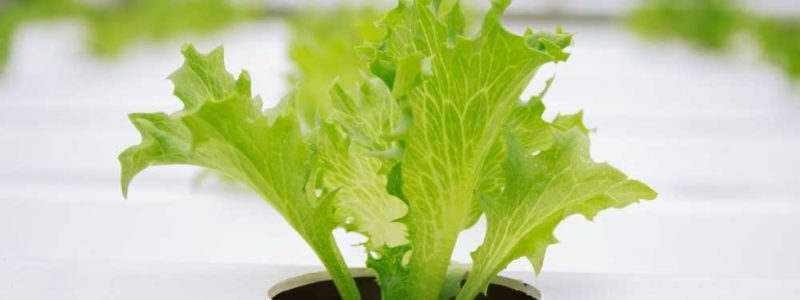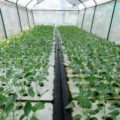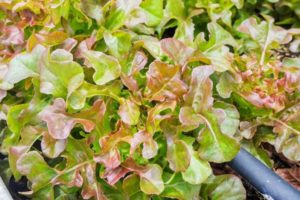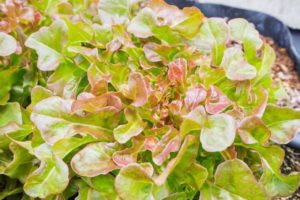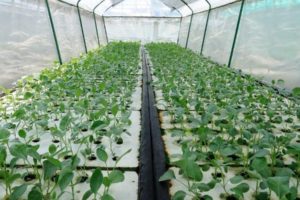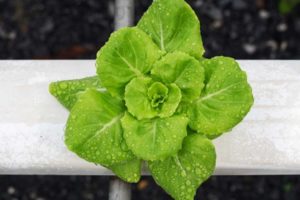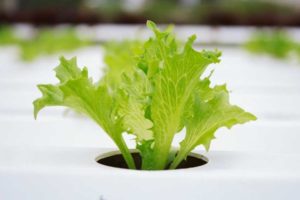Farming has been assessed through time and alternative ways of doing it have been studied. Aquaponics is currently making waves as an alternative system of organic farming. Since people are clamoring about organic and healthy living, some think that aquaponics is relatively new.
The truth is, aquaponics has been around for quite a long time now; its history can be traced way back to the ancient times.
Ancient Roots
Its exact origin is a debate until now, with two major branches of thought.
The first looks back at the Aztecs in 1,000 AD who grew their plants on rafts on the lakes’ surfaces. The Aztecs worked out a system of artificial agricultural islands called “chinampas.” They used the fish waste to fertilize their crops and were able to grow squash, maize and other crops.
The second branch argues that early aquaponics systems were used in South China, Indonesia and Thailand. They grew rice in fields with fish and other aquatic animals.
The 6th century Chinese farmers also had a system wherein they raised ducks in cages placed above finfish ponds. The finfish then processed the ducks’ waste, which flowed to a lower pond with catfish.
The catfish lived on this waste. The leftovers and water from the catfish are then used to provide the nutrients to the rice in the paddies.
Further Development
In modern times, aquaponics stemmed from the industry of aquaculture wherein fish were grown in large ponds. The big disadvantage of aquaculture was the presence of huge amounts of wastewater.
Research was conducted to determine the efficiency of plants when it comes to consuming wastewater nutrients. The results of these experiments led to the proposed combination of aquaculture and hydroponics — thus, aquaponics.
In 1969, John and Nancy Todd and William McLarney constructed what was called the Ark — a solar powered and self-sufficient bio-filter that can work all year round to provide fish and vegetables for a household.
At the University of the Virgin Islands in 1970, Dr. James Rakocy conducted research on the use of plants as a natural filter. Dr. Rakocy has been dedicated to continuously studying the science behind aquaponics and finding ways to continue improving the system.
The first known closed loop aquaponic system was set up in the mid-1980s by Mark McMurty and Professor Doug Sanders. Here, the fish waste trickled down to tomatoes and cucumbers, which also acted as bio-filters. This aquaponics system was officially a success.
It was also in 1980 that Paula and Tom Speraneo implemented their concept, which was ideal for smaller systems. They were able to grow herbs and different vegetables irrigated by nutrient-rich water from a tank with tilapia.
They were also the first ones to successfully use gravel grow beds as part of an aquaponics set up. This model by the Speraneos is the basis of most of the aquaponic systems of today.
Their set up was widely recognized and revered and is in fact now looked at as the inspiration for most home-based aquaponic systems. The Speraneos have also produced a manual to aid beginners in starting their own home-based system.
Continuous Interest
The 1990s saw an increasing number of interested aquaponic growers in various parts of the world. In Australia, specifically, it showed an alternative way to handle poor soil conditions as well as problems brought on by water restriction.
Joel Malcom took notice of the rising trend and started Backyard Aquaponics, which became a popular forum. He was later joined by Murray Hallam who also produced a series of videos about home aquaponic systems.
Sylvia’s Bernstein’s book, Backyard Aquaponics, was released in 2011. It was the first complete guide about the topic and sure enough, it became a bestselling book on gardening.
Aquaponic initiatives are sprouting all over the world, even in developing countries such as Bangladesh. Aquaponics is now seen as an alternative source of income as well as a healthier way of putting food on the table.
Moving Forward
It is interesting to note that while the specifications of the aquaponics systems of today are relatively new, the concept has always been there. This is because the concept of aquaponics comes from nature itself. Because of this, aquaponics is not a threat to the environment.
Aquaponics, though it isn’t new anymore, continues to gain popularity. More and more large systems are being built, as well as more home-based simple aquaponic set-ups. Research on new techniques is still ongoing because of the many opportunities that aquaponics can give.
It is widely believed that aquaponics is one of the most profitable and sustainable projects to invest in. Along with the pressing issues of population, degradation of resources, and food security aquaponics is seen as a solution and a gateway to a more prosperous future for the next generations.

